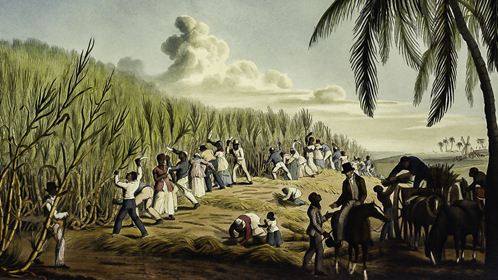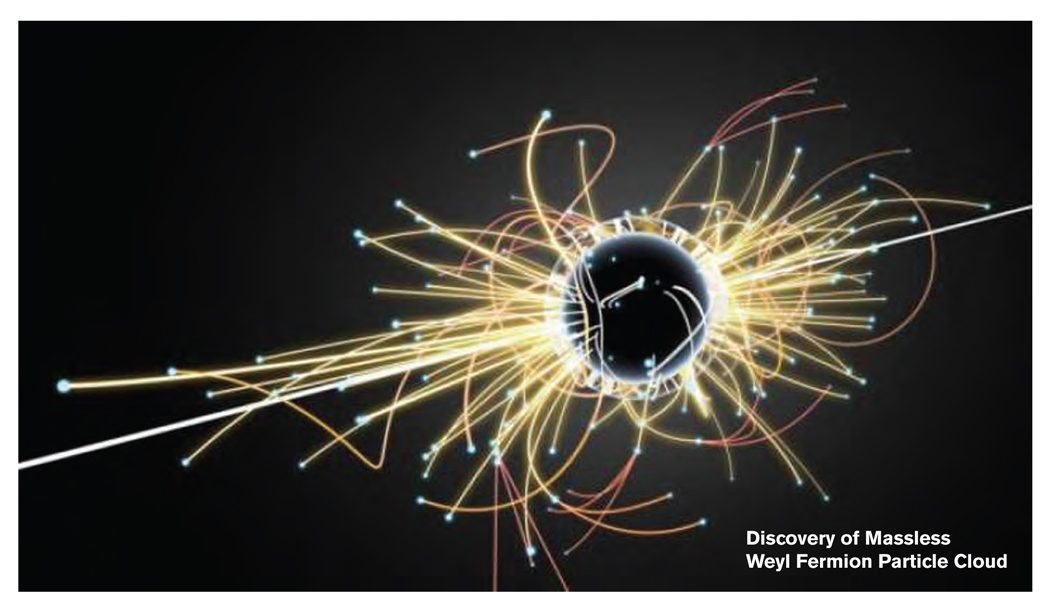Working Class Cinema in the Age of Digital Capitalism
Online: Zoom link will be provided to registered participantsWeek of Events
Working Class Cinema in the Age of Digital Capitalism
Working Class Cinema in the Age of Digital Capitalism
Why does the story of cinema begin with the end of work? Is it because, as has been suggested, it is impossible to represent work from the perspective of labor but only from the point of view of capital, because the revolutionary horizon of the working class coincides with the end of work? After all, the early revolutionary art avant-garde had an ambiguous relationship with capitalism: it provided both a critique of commodification while also reproducing the commodity form.
Blood and Money
Blood and Money
The birth and development of capitalism since its origins in the fifteenth century is entirely bound up with the subordination of racialized peoples. Even before capitalism arose – in a process Marx termed the “so-called primitive accumulation” – money and markets were implicated in the rise and fall of states and empires that conquered and enslaved vast numbers of human bodies. This group will address these histories and their persisting consequences. We will read and discuss David McNally’s Blood and Money: War, Slavery, Finance, and Empire and Jairus Banaji’s The History of Commercial Capitalism among other works.
Engels and the Dialectics of Nature
Engels and the Dialectics of Nature
This class will journey into quantum physics and 21st-century cosmology as background for a study of dialectics in natural science and philosophy. Readings include Engels’ Dialectics of Nature and excerpts from other philosophers and scientists writing since Engels.
Capital, Volume 1, Part 2
Capital, Volume 1, Part 2
Session 2 will complete the analysis of Part I: Commodities and Money, starting with Chapter 2: The Process of Exchange followed by the historical development of the money form in the circulation of commodities. This in turn leads to the Transformation of Money into Capital, positioning the reader to analyze the specific social relations of capitalist production (wage labor and owners of capital) in relation to the forces of production, the means of production.




